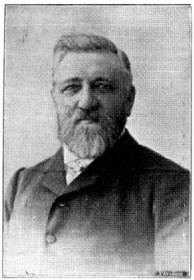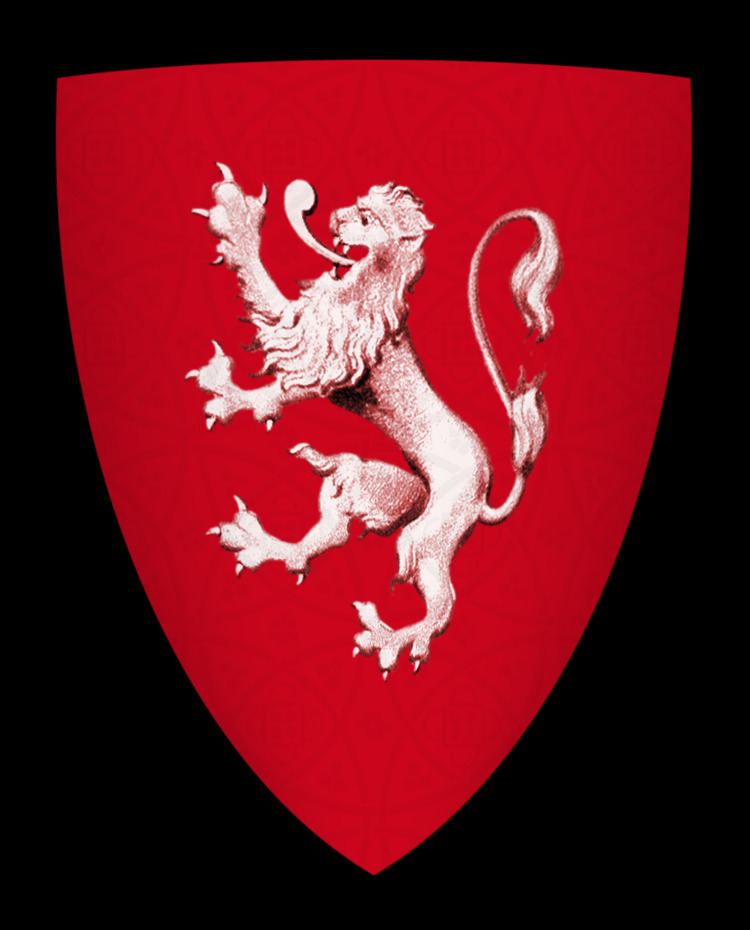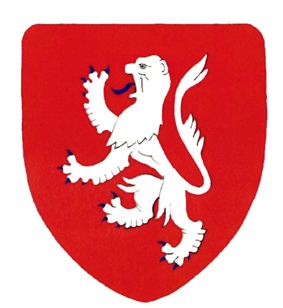Title Fourth Baron Montbray Nationality English Name William Mowbray | Died 1224 Spouse(s) Agnes | |
 | ||
Wars and battles First Barons' WarBattle of Lincoln (1217) | ||
William de Mowbray, 6th Baron of Thirsk, 4th Baron Mowbray (c. 1173–c. 1224) was an Norman Lord and English noble who was one of the twenty five executors of the Magna Carta. He was described as being as small as a dwarf but very generous and valiant.
Contents
- Family and early life
- Career under Richard I
- Career under John
- Career under Henry III
- Benefactor marriage and succession
- References

Family and early life

William was the eldest of the one daughter and three or four sons of Nigel de Mowbray, by Mabel, thought to be daughter of William de Patri, and grandson of Roger de Mowbray.
Career under Richard I
William appears to have been in the company of Richard I in Speyer, Germany, on 20 November 1193 during Richard's period of captivity on his return from Palestine. In 1194 he had livery of his lands. paying a relief of £100. He was immediately called upon to pay a sum nearly as large as his share of the scutage levied towards Richard's ransom, for the payment of which he was one of the hostages. William was later a witness to Richard's treaty with Baldwin of Flanders in 1197.
Career under John
In 1215 Mowbray was prominent with other north-country barons in opposing King John. He was appointed one of the twenty-five executors of the Magna Carta, and as such was specially named among those excommunicated by Pope Innocent III. His youngest brother, Roger, has sometimes been reckoned as one of the twenty-five, apparently by confusion with, or as a substitute for, Roger de Mumbezon. Roger died without heirs about 1218, and William received his lands.
Career under Henry III
In the First Barons' War, Mowbray supported Louis. Mowbray was taken prisoner in the Battle of Lincoln (1217), and his estates bestowed upon William Marshal the younger; but he redeemed them by the surrender of the lordship of Bensted in Surrey to Hubert de Burgh, before the general restoration in September of that year.
In January 1221, Mowbray assisted Hubert in driving his former co-executor, William of Aumâle, from his last stronghold at Bytham in Lincolnshire.
Benefactor, marriage and succession
William de Mowbray founded the chapel of St. Nicholas, with a chantry, at Thirsk, and was a benefactor of his grandfather's foundations at Furness Abbey and Newburgh, where, on his death in Axholme about 1224, he was buried.
He married Avice, a daughter of William d'Aubigny, 3rd Earl of Arundel, of the elder branch of the d'Aubignys. By her he had two sons, Nigel and Roger. The ‘Progenies Moubraiorum’ makes Nigel predecease his father, and Nicolas and Courthope accept this date; but Dugdale adduces documentary evidence showing that he had livery of his lands in 1223, and did not die (at Nantes) until 1228. As Nigel left no issue by his wife Mathilda or Maud, daughter of Roger de Camvile, he was succeeded as sixth baron by his brother Roger II, who only came of age in 1240, and died in 1266. This Roger's son, Roger III, was seventh baron (1266-1298) and father of John I de Mowbray, eighth baron.
There has been some speculation that de Mowbray was the inspiration for the character of Tyrion Lannister in Game of Thrones.
